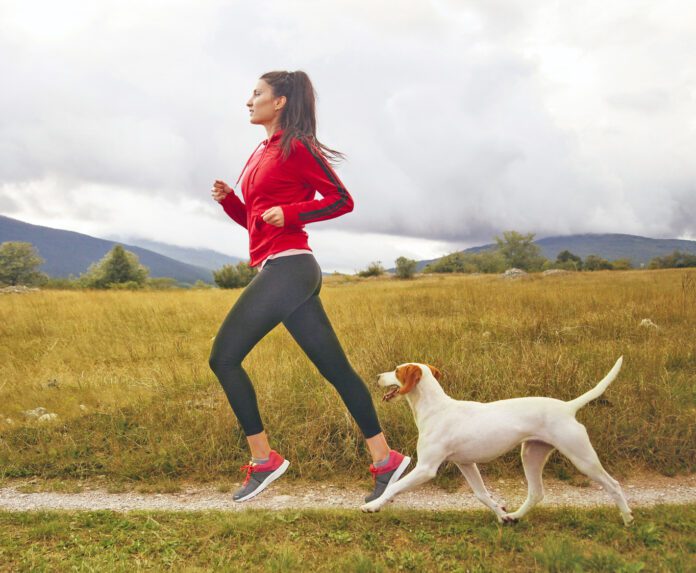The simplest way to help your dog gain weight is to feed additional meals every day. If he’s usually eating twice a day, up that to three or four times a day, gradually increasing the amount of food, but keeping meals evenly spaced out. You can also try:
- Feeding a higher calorie dog food, usually labeled for performance dogs
- Including wet food in his meals
- Adding a high-calorie topper
- Choosing a weight-gain supplement made for dogs
- Incorporating a little human food in his meals, like dairy, rice, eggs, or lean meat
- Use cooked meat, string cheese, or high-calorie dog treats for training
- If you feed homemade meals, go to balance.it to be sure your recipe is nutritionally sound
Best Dog Food for Weight Gain
If your work schedule makes feeding an extra meal difficult, look for the best dog food made for weight gain. These foods contain more calories – often listed in tiny type under the ingredients list – and may be labeled as weight-gain dog food but probably not. It’s more likely you’ll find them labeled for performance or active or sport dogs, which are dogs who need more calories because they use more energy. These foods tend to be more expensive. Switch over to the new food over a course of about a week.
Be careful, though. Be sure your dog is truly thin because most dogs, just like humans, tend to carry too much weight, and we can become accustomed to that appearance. If your dog is at an ideal weight, you can feel his ribs through a thin layer of fat and note his waist, which is located right in front of his hips. He has a tucked-up appearance. If you can see his hip/pelvic bones or the tops of his ribs, he’s too thin.
Weighing your dog monthly is a good guide. Just pick the dog up and step on your bathroom scale. Then weigh yourself alone and subtract the difference to get the dog’s weight. Dogs at a healthy weight live longer lives.
While most dog owners are fighting the battle of the bulge and working to keep their canine companions thin, some dogs do need to gain weight. The usual groups who need to add some weight include juvenile boys, some senior dogs, and dogs with cancer or other chronic illnesses.
So, before you embark on a weight-gain program, take your dog to the veterinarian to be sure he is healthy. Your veterinarian will likely check for intestinal parasites and heartworms, as well as doing a physical exam. A complete blood panel is usually not cost-prohibitive and can be worth doing to rule out many disease conditions.
How to Help Your Dog Gain Weight
If your dog is a picky eater, consider adding a home-cooked meal for some of his meals. While there are recipes online for making home meals and treats that can pack on pounds, they may be nutritionally lacking. Companies like Balance It (balance.it) use veterinary nutritionists to help you design a balanced diet based on what you want to feed. There’s a charge, but it’s well worth doing this correctly.
Additional ways to get your skinny dog to eat include:
- You can also add toppers that are high in calories, such as duck egg omelets, but remember you want to maintain that balanced diet.
- Mixing some canned food in with kibble can entice many dogs to eat more. Add a tablespoon or three of warm water to increase the food’s aroma.
- Some dogs will benefit from you adding a probiotic made for dogs (not humans!) to their food. Others do better with a digestive enzyme additive.
- You can feed human food to your dog to gain weight, but add them to his nutritionally balanced meal not as the sole meal. Milk and dairy are nutritional powerhouses, and many dogs enjoy them.
- Think about your training treats. Instead of using your low-calorie kibble, reward with string cheese or cooked meat. Many doggie treats are higher in calories. Keep these to 10 to 15% of your dog’s daily food intake though as many aren’t balanced.
Certainly, a too-thin dog is cause for concern, but be careful, especially if he’s also at all lethargic or “not himself.” A trip to your veterinarian is the best way to start the weight-gain efforts (see sidebar).






